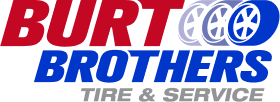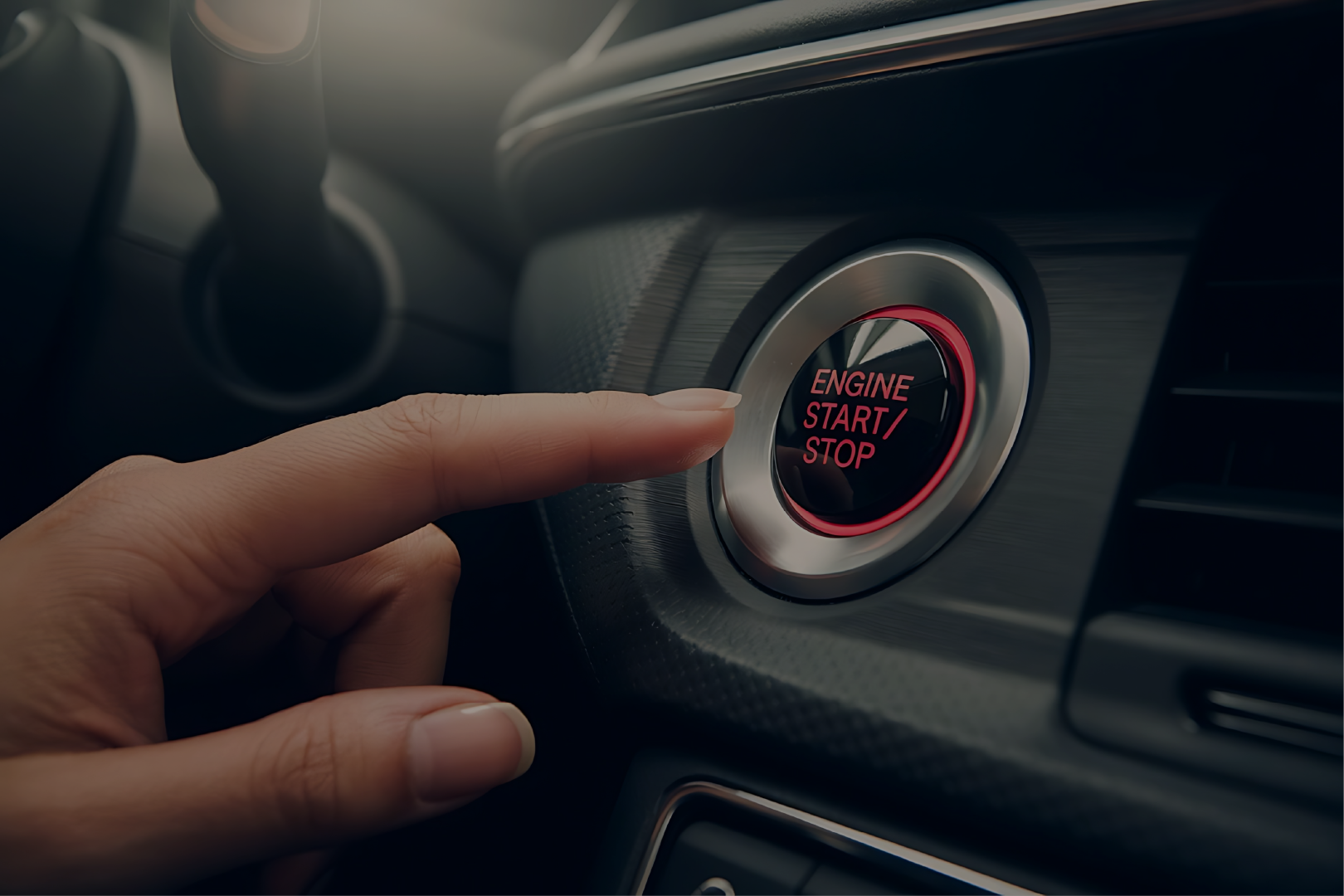Your car’s ignition switch might not be something you think about every day, but when it starts to fail, it can quickly turn into a major headache—or worse, a serious safety risk. The ignition switch is what powers up your vehicle’s engine and essential electrical systems. Without it working properly, you could find yourself stranded, dealing with unpredictable stalls, or facing malfunctioning safety systems like airbags and anti-theft features. If you suspect ignition switch issues, don’t ignore them— come to Burt Brothers and get a professional inspection.
What Is an Ignition Switch & Why It Matters
The ignition switch is essentially the gatekeeper of your vehicle’s power. When you turn your key or press the start button, the ignition switch sends power to your engine’s starter, fuel system, and all the critical electrical components. It’s responsible for “waking up” your car, transitioning it from idle to fully operational.
When this small but essential part wears out, it can lead to inconsistent engine startups, random shut-offs, and electrical gremlins that affect everything from your dashboard lights to your radio. Older vehicles, high-mileage cars, or models with heavy keychains (yes, too much weight on your keyring can wear out the switch) are more prone to ignition switch wear.
Signs of a Bad Ignition Switch
Ignition switch problems can sneak up on you, often starting with subtle symptoms. Here are the most common warning signs to watch out for:
Difficulty Starting the Vehicle or Random Engine Shut-Offs: If your car cranks but doesn’t start—or starts and then suddenly dies—the ignition switch might be failing to send the necessary signal to the fuel and ignition systems.
Flickering Dashboard Lights or Loss of Accessory Power: Notice your dashboard lights dimming or flickering? This is often due to poor electrical contact inside the ignition switch.
Problems with the Radio, Headlights, or Air Conditioning: If your vehicle’s accessories randomly stop working while you’re driving or fail to turn on altogether, it’s a red flag.
Steering Lock Engagement Issues: The ignition switch is tied into your steering column. If you’re having trouble turning the key or the steering wheel is locking up unexpectedly, the switch could be the culprit.
How Do You Know When Your Ignition Switch Is Bad?
Before replacing parts, you’ll want to diagnose the issue correctly. Ignition switch problems often mimic other issues, like a dead battery or failing alternator, so a careful approach is key.
Here’s a step-by-step way to check:
Turn the Key to the Accessory Position: If your dashboard lights, radio, or other accessories fail to come on, it might indicate ignition switch trouble.
Test Engine Crank: If your engine cranks but doesn’t start—or starts and shuts off—monitor whether the dashboard lights flicker or cut out.
Use a Multimeter: With the key in the “ON” position, you can test for voltage at the ignition switch terminals. If power is inconsistent or absent, you’ve found your problem.
Check Battery & Alternator First: Confirm your battery and alternator are in good shape before concluding it’s the ignition switch. A professional inspection at Burt Brothers can help eliminate the guesswork with advanced diagnostic tools.
How Faulty Ignition Switches Impact Safety Systems
A bad ignition switch doesn’t just make your vehicle unreliable—it can pose serious safety hazards such as:
- Disrupted Airbag Deployment
- Anti-Theft System Failures
- Steering Column Lock Issues
- Increased Risk of Stalling in Traffic
How Ignition Switch Problems Affect Performance
Beyond safety, ignition switch issues can wreak havoc on how your car performs day-to-day.
Inconsistent Engine Start-Up Behavior: You may notice that sometimes the car starts right up, and other times it takes multiple tries, or only works when you jiggle the key.
Reduced Fuel Efficiency: If the ignition switch fails to consistently power essential engine components, it can lead to inefficient fuel combustion and lower MPG.
Electrical Shorting Leading to Battery Drain: A failing switch can cause parasitic drains, where the battery is slowly drained even when the car is off.
Loss of Power to Sensors and Control Modules: Modern vehicles rely on a network of control modules. An ignition switch on the fritz can disrupt this communication, leading to false error codes or malfunctioning sensors.
Repair or Replace? What You Should Do Next
When faced with ignition switch trouble, you’re typically looking at one of two solutions: a full replacement or a minor repair (such as cleaning contacts or tightening connections). However, in most cases, especially if internal components are worn, replacement is the safer and more reliable fix.
Cost Overview:
At Burt Brothers, we offer competitive pricing and expert installation, so you’re not left wondering if the job was done right. We also provide upfront estimates so there are no surprises.
For the DIY-inclined, replacing an ignition switch can be a moderate challenge. You’ll need to disconnect the battery, remove steering column covers, and carefully swap the switch—always consult a repair manual specific to your vehicle.
Preventive Maintenance Tips
You can reduce the risk of ignition switch problems with a few preventive habits:
Routine Checks: Have your ignition switch inspected during regular maintenance visits, especially if your vehicle has over 100,000 miles.
Reduce Electrical Strain: Limit how many accessories are powered through the ignition switch at one time, and avoid overloading circuits with aftermarket electronics.
Lighten Your Keychain: Keeping your keyring light prevents unnecessary wear on the ignition switch tumblers.
Scheduled Inspections: A yearly electrical system check at Burt Brothers can catch small issues before they become big (and expensive) problems.
Ignition switch problems are more than an inconvenience—they’re a serious safety and performance issue that shouldn’t be ignored. Whether it’s flickering dashboard lights, engine stalls, or failing accessories, these are warning signs your vehicle is sending you. Acting early can save you from bigger repairs and potential hazards on the road.
At Burt Brothers, we’re here to help you stay ahead of ignition switch troubles with thorough inspections, honest recommendations, and expert repairs. If you’ve noticed any of the symptoms we’ve discussed, don’t wait. Come in for an ignition switch inspection at Burt Brothers today and drive with confidence knowing your safety is in good hands.





